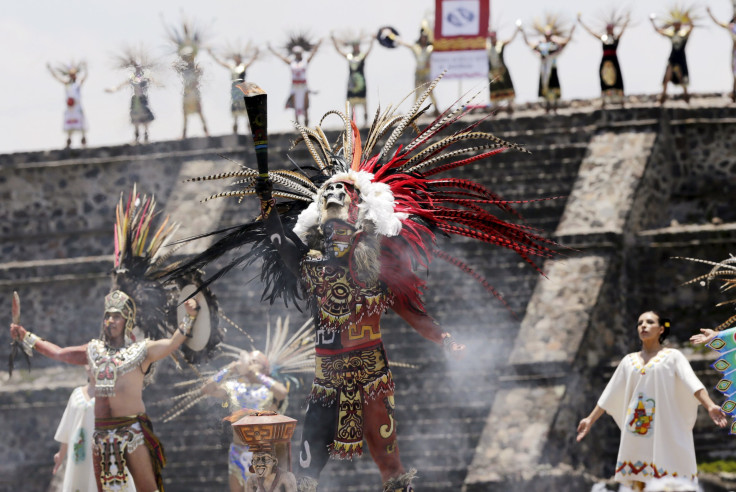Human blood found on ancient Mayan arrowheads, points to ritualistic practice

Researchers from the Southern Illinois University (SIU) have examined ancient relics from the Mayan civilisation and discovered evidence for a ritualistic “blood-letting” practice. At a Guatemala temple site in Zacpeten, the ceremony came about 500 years ago. An arrowhead made of obsidian, a type of volcanic glass, was used to cut open someone – probably through the tongue, earlobes or genitals – and their blood was spilled.
According to Mayan religion, every individual possessed a “life force” which could nourish the Mayan gods through this bloodletting ceremony. Prudence Rice, a professor emeritus at SIU, said, “The general consensus (among scholars) is that bloodletting was ‘feeding’ the Mayan gods with the human essential life force,” reports Live Science. “Whoever gave their blood may have done so voluntarily and probably survived the ceremony.” The findings are an important tool to piece together the history of the Mayan civilisation.
The life force ceremony is part of a larger set of discoveries made by the study. One hundred eight arrowheads were examined from five sites in Guatemala’s central Peten region. The age of the arrowheads has been estimated to be between A.D. 1400 and A.D. 1700, which were excavated in the past 20 years. A technique, called counter-immunoelectrophoresis, was used to detect the remnants of ancient blood on 25 arrowheads and identify the species that the blood came from. It was found that some arrowheads had blood from a number of animals, including rabbits, large cats, birds and rodents.
The technique uses proteins extracted from the arrowheads to be reacted with serums that contain antibodies of various animals. On the occurrence of a reaction, the antibody that has been reacted is confirmed to belong to the animal whose proteins are present on the arrowhead.
“We know Mayas also participated in bloodletting as a part of birth or coming-of-age ceremonies,” said Nathan Meissner, a researcher at the Center for Archaeological Investigations at SIU. “This practice served to ensoul future generations and connect their life force to those of past ancestors,” Live Science reports.
This study has led us a step closer to unearthing the archaeological history behind Mayan religion. It has been made available on ScienceDirect.
Contact the writer at feedback@ibtimes.com.au, or let us know what you think below




















